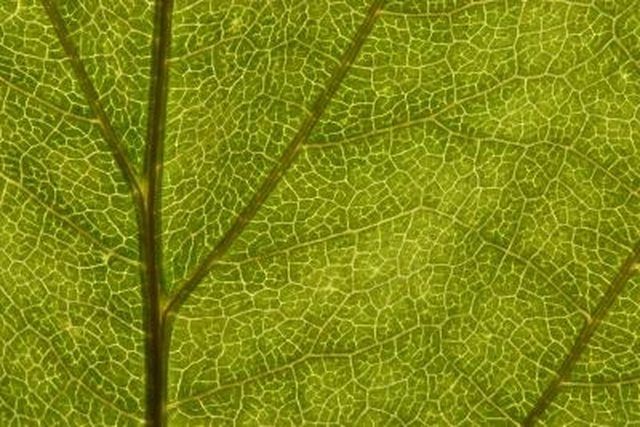Bulbs
Flower Basics
Flower Beds & Specialty Gardens
Flower Garden
Garden Furniture
Garden Gnomes
Garden Seeds
Garden Sheds
Garden Statues
Garden Tools & Supplies
Gardening Basics
Green & Organic
Groundcovers & Vines
Growing Annuals
Growing Basil
Growing Beans
Growing Berries
Growing Blueberries
Growing Cactus
Growing Corn
Growing Cotton
Growing Edibles
Growing Flowers
Growing Garlic
Growing Grapes
Growing Grass
Growing Herbs
Growing Jasmine
Growing Mint
Growing Mushrooms
Orchids
Growing Peanuts
Growing Perennials
Growing Plants
Growing Rosemary
Growing Roses
Growing Strawberries
Growing Sunflowers
Growing Thyme
Growing Tomatoes
Growing Tulips
Growing Vegetables
Herb Basics
Herb Garden
Indoor Growing
Landscaping Basics
Landscaping Patios
Landscaping Plants
Landscaping Shrubs
Landscaping Trees
Landscaping Walks & Pathways
Lawn Basics
Lawn Maintenance
Lawn Mowers
Lawn Ornaments
Lawn Planting
Lawn Tools
Outdoor Growing
Overall Landscape Planning
Pests, Weeds & Problems
Plant Basics
Rock Garden
Rose Garden
Shrubs
Soil
Specialty Gardens
Trees
Vegetable Garden
Yard Maintenance
Do Plant Cells Have a Nucleus?
Do Plant Cells Have a Nucleus?. Both plants and animals are eukaryotes, meaning they have cells that contain a nucleus. The nucleus of a plant cell is similar in many respects to the nucleus of animal cells.

Both plants and animals are eukaryotes, meaning they have cells that contain a nucleus. The nucleus of a plant cell is similar in many respects to the nucleus of animal cells.
Identification
The nucleus is located inside the cell and surrounded by a double-layered membrane; there is only one nucleus per cell. The nuclear membrane is studded with small pores called nuclear pores, each of which is surrounded by a complex of as many as a hundred proteins.
Function
The nucleus is the storehouse of the cell's DNA. The nuclear membrane in a plant cell acts to regulate traffic by determining which molecules can enter and exit. Messenger RNAs, for example, cannot leave the nucleus until they have been appropriately modified. The complexes of proteins that form nuclear pores serve to control these ports of entry.
Considerations
The inside of the nuclear membrane is reinforced with intermediate filaments or fibers called nuclear lamina. During plant cell division, the nuclear membrane and nuclear lamina break down; once cell division is complete, new nuclear membranes will form around the chromosomes in each of the daughter cells.